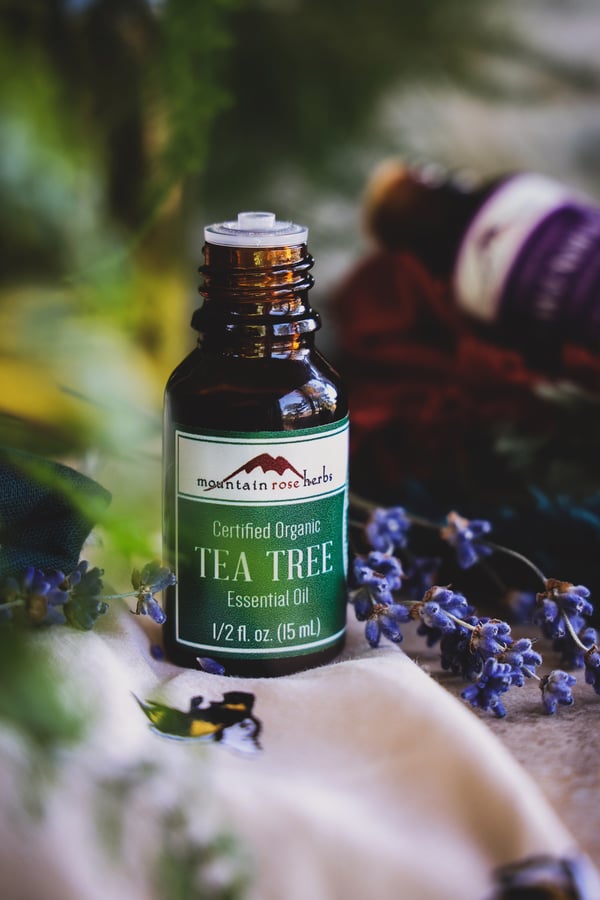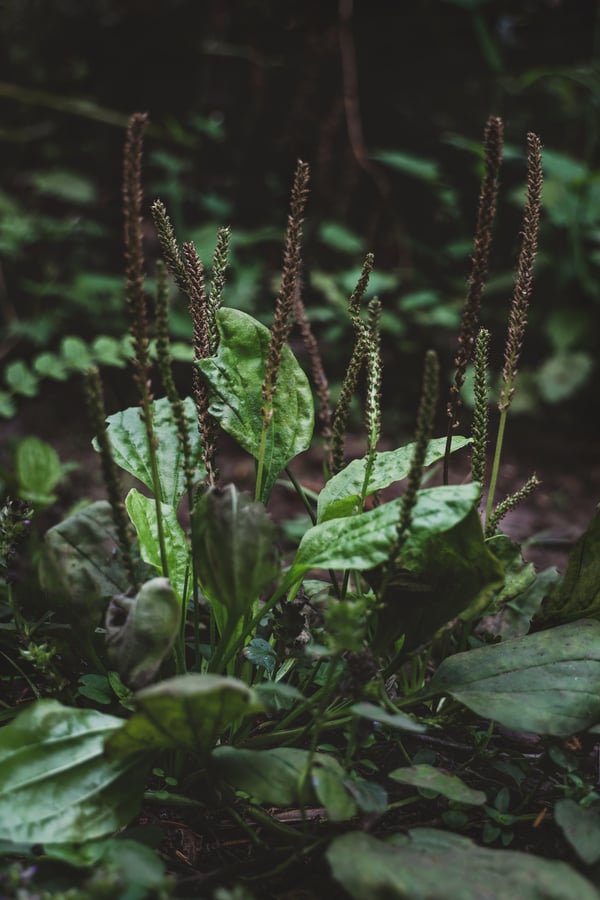We’re getting to the time of year when some species of bees, wasps, and hornets get more aggressive, so we’re more likely to get stung. In late summer and fall, these stinging insects start to prepare for winter at the same time that their natural food sources are depleted. They’re hungry and their instinct to protect their hive and, particularly, their queen becomes more intense. I sometimes get “hangry” too, so at some level I get it, but being on the receiving end of a yellow jacket’s misplaced fury is a big drag. Fortunately—so long as you are not allergic to bees and wasps—there are a number of very effective natural and herbal remedies if you’ve been stung.
Before we go any further, let me reiterate that these recommendations are for ordinary, run-of-the-mill bee, wasp, and hornet stings, which may cause discomfort and itchiness, but do not result in an allergic reaction. If someone—especially a child—has multiple stings or symptoms of an allergic reaction, home treatment may not be sufficient. In rare cases, being stung can lead to a medical emergency and may require immediate treatment at a doctor or emergency facility.
So, with that said, when you’ve been stung, the first step is to stay calm. This is so you don’t get stung again! Bees usually only sting once, and in the case of honeybees, that sting is fatal for the bee. But wasps and hornets can sting repeatedly and will do so if they continue to feel threatened. It is in your best interest to calmly walk away from the area and then treat the sting.
Basic Reflief for bee Stings
- Remove the Stinger as Quickly as Possible—The longer a stinger stays in the skin, the more venom it releases, which increases pain and swelling. Don’t squeeze it with tweezers or your fingers to remove it as this pinch can push even more venom into your flesh. Instead, use a long fingernail, a credit card, a dull knife, or another blunt-edged object to gently scrape the stinger out. Note: if you were stung by a wasp or hornet, there may not be a stinger.
- Wash the Sting with Soap and Water—If you are home or at a campsite and have soap and water available, quickly wash the sting well.
- Apply a Cold Pack to Reduce Swelling—Apply cold to help reduce swelling and pain: for instance, an ice pack wrapped in thin cloth (ice should not directly touch the skin). Apply cold for 10 minutes, remove for ten minutes, and then repeat this on-off process as needed for 30-60 minutes.
- Keep Arms/Legs Elevated to Reduce Swelling—If the sting is on an arm or leg, keep it elevated as much as possible to reduce swelling.
- Don’t Scratch!—Stings can be both painful and itchy, but don’t scratch around the area because this will ultimately worsen the itching and swelling and increase your risk of infection.
- Watch for Signs of Allergic Reaction—A normal sting site will swell and be red and hot to the touch. However, over the first couple of hours, watch for any signs of a more severe reaction. If the swelling moves to other parts of the body, if there is difficulty breathing, nausea, spreading hives, dizziness, throat irritation, etc. It is important to get medical care promptly in these situations!
Topical Relief for Bee Stings
At Home Remedy
Baking Soda or Bentonite Clay Poultice
A classic remedy to soothe the discomfort of a bee sting is a baking soda and water poultice. In fact, the Centers for Disease Control and Prevention (CDC) recommends baking soda for both bee stings and mosquito bites. Another excellent option is bentonite clay, which has drawing and drying qualities. You can use this poultice intermittently with applications of a cold pack, so: 10 minutes of cold pack, 10-15 minutes of poultice, 10 more minutes of cold pack, etc.
Ingredients
-
-
- Baking Soda or Bentonite Clay
- Water
-
Directions
-
-
- Mix a little baking soda or bentonite clay with just enough water to create a thick paste.
- Apply the paste to the sting area.
- Leave the paste in place at least 10-15 minutes and up to half an hour before washing off.
- Repeat as needed.
-
Bee Sting Relief in the Wild
Herbal Bee Sting Poultice
There are a number of both wild and garden plants that can make a very helpful poultice for bee stings if you aren’t handily near baking soda or bentonite clay. Fresh plantain (Plantago major) is an age-old go-to choice, but many people also swear by the fresh leaves of lemon balm (Melissa officinalis), yarrow (Achillea millefolium), and both tulsi/holy basil (Ocimum tenuiflorum) or regular culinary basil (Ocimum basilicum). These botanicals are particularly helpful when you’re out and about and need a poultice in a pinch. As with the baking soda or bentonite clay poultice, you can use an herbal poultice intermittently with applications of a cold pack.
Directions
-
- Harvest 1-2 leaves.
- Chew the leaves well to make a wet, spit-based poultice.
- Apply the chewed poultice to the sting area.
- Leave the paste in place at least 10-15 minutes and up to half an hour before washing off. You can wrap it with cloth or more plant leaves to hold it in place if necessary.
- Wash well.
- Repeat as needed.
Pro Tip: If you’re closer to home or another spot where you can get raw apple cider vinegar, another way to make a botanical poultice is to smash the leaves to release some of their volatile oils and then wet them with just a little apple cider vinegar to make a thick, wet paste. The vinegar is also thought to neutralize the venom.
Other Natural Ways to comfort bee stings
-
-
- Apple cider vinegar, like baking soda, is thought to neutralize the stinging sensation. You can soak a cotton ball or folded piece of flannel in the vinegar and apply to the sting. Tie a cloth around it to hold it in place for 10-15 minutes if necessary and repeat as needed. Note that undiluted apple cider vinegar can irritate skin, so dilute a bit with clean water if you have sensitive skin or you are working with a child.
- Witch hazel extract is another time tested, go-to home remedy for both insect bites and bee stings that can be used in the same manner as apple cider vinegar.
- Aloe vera gel, has also been shown to be soothing for stings and bug bites, and can help reduce puffiness and discomfort. Apply the gel directly to the sting.
-
Essential Oils for Bee Stings
Both lavender and tea tree essential oils are wonderful for bringing soothing comfort to stings and can be used after applying the cold pack and in the days after being stung. We do not, however, recommend applying them directly to skin unless they are diluted in a carrier oil. Although it is generally recommended to use only 2% essential oils in formulations, because you are using this only on the sting site, you can up the percentage of essential oil to carrier oil to 5%. So you will use 5 drops essential oil to 1 teaspoon carrier oil (coconut, olive, or almond oil are good choices)
*If any of these home bee sting remedies cause more pain or a skin reaction, stop using them, wash the sting with soap and water, and try something else or seek medical advice.
Looking for other natural ways of dealing with summer insects?
Try a Homemade Mosquito Repellent
You may also be interested in:
- Plant Diversity & Natural Pest Solutions for Garden Health
- 5 Natural Recipes for When You've Had Too Much Sun
- The Importance of Continuous Blooms Amidst Climate Change












